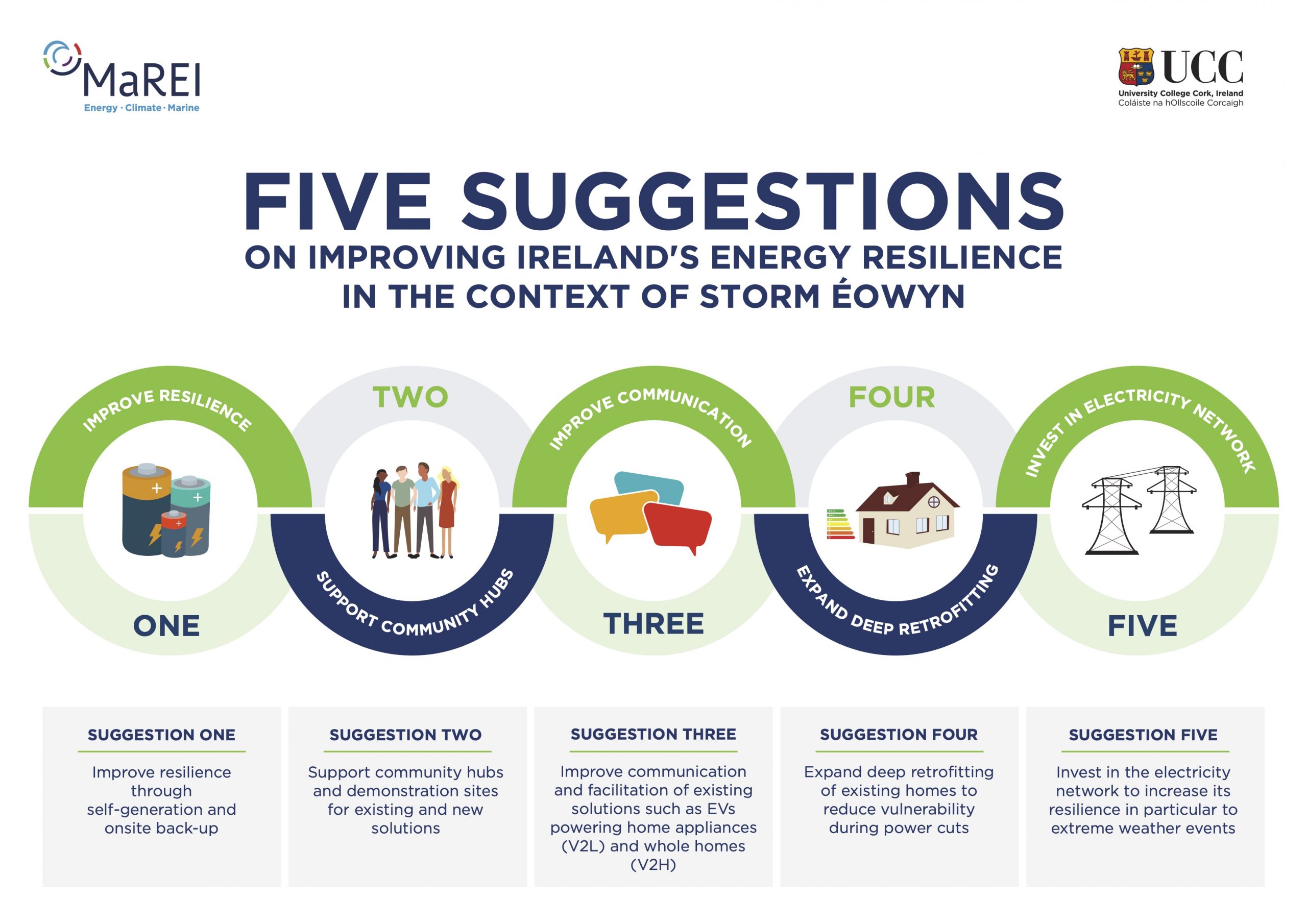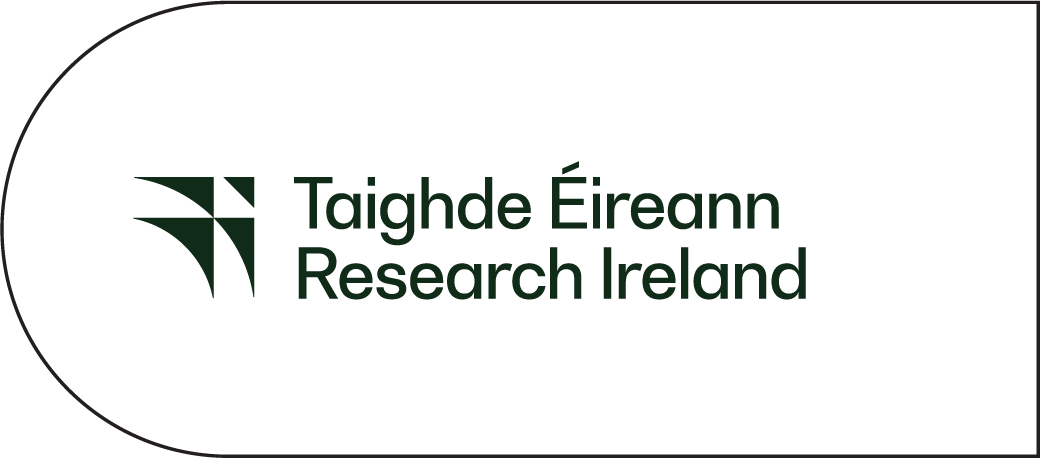
5 ways to improve Ireland’s energy system after Storm Éowyn

Here are 5 suggestions on how to increase the resilience of our energy infrastructure for homes, businesses and public services from MaREI researchers at University College Cork Fionn Rogan, Brian Ó Gallachóir, Barry Hayes, Paul Deane and Hannah Daly for RTE Brainstorm.
It is over two weeks since Storm Éowyn hit Ireland. The impacts on infrastructure such as electricity networks, communication towers, water treatment plants has been devastating. Hundreds of thousands of people had basic services cut off and, indeed, many continue to suffer.
Although these types of storms are anticipated to be rare, they are a wake-up call. We know from climate science that we are experiencing more extreme weather events and that this will continue. The fall-out from the storm has highlighted the vulnerabilities of a distributed population.
But within Ireland’s dispersed population, there are many norms of self-reliance that demonstrate the capacity for resilience. For example, most one-off houses have managed their own water supply for decades through private wells and septic tanks. Here are 5 suggestions on how to improve the resilience of the energy system, particularly for homes but also for businesses and public services.







